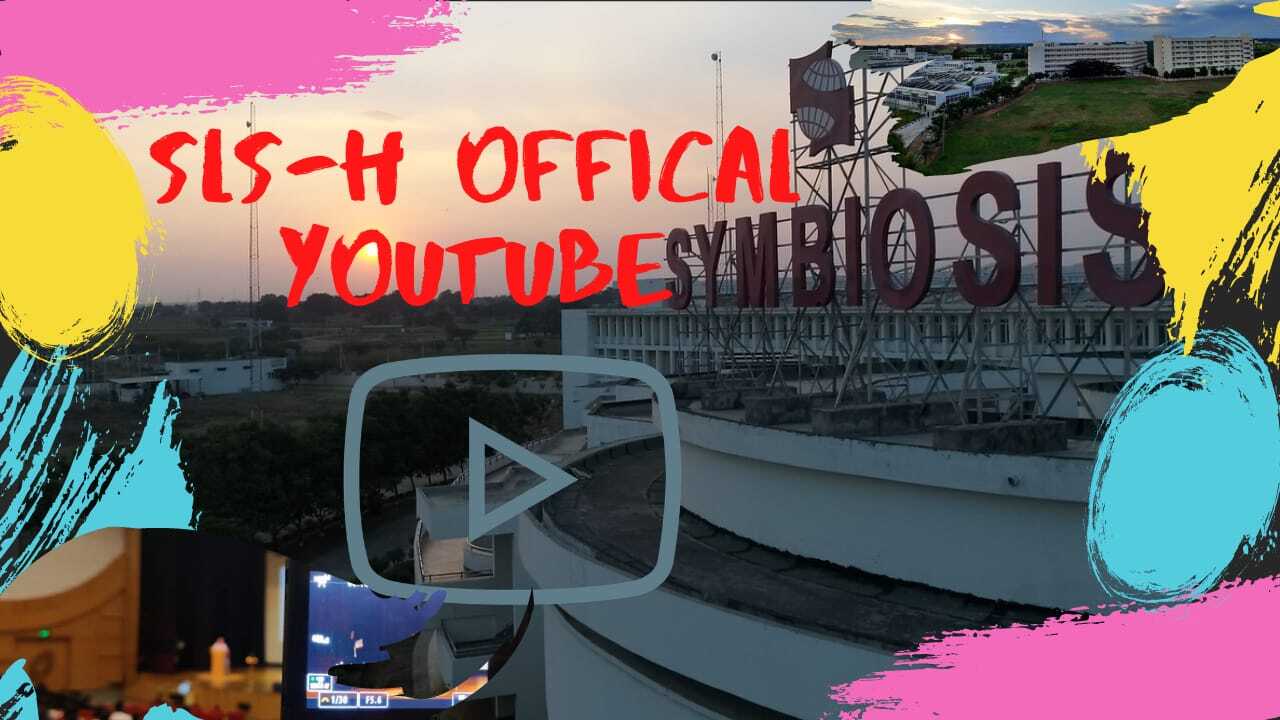
JOSHUA AGRIMA THREATS-TIME FOR ANOTHER 66A?
This post is about the recent case of online harassment and bullying of comedian, Agrima Joshua, by a man named Shubham Mishra in the name of belittling the religious sentiments of Indians. The blog will talk about the joke made by the comedian, the rape and death threats given out by Shubham Mishra as a response to the joke and its repercussions. Moreover, the significance of section 66A of the IT Act concerning the whole Agrima Joshua scenario will also be discussed.
In the current phase of a global pandemic where everyone is even more technologically dependent than the usual times, social media can be used as a great tool for showing dissent, outrage, rebellion, or support. However, the more the world is progressing technologically, the more it is narrowing down its mental horizon in terms of religious and political sentiments. During the start of July, social media displayed its yet another harmful and toxic side. Agrima Joshua, a stand-up comedian, who made a video on the upcoming Chhatrapati Shivaji’s statue and some absurd questions she came across Quora, would’ve never seen it coming that a year later the same joke would resurface and cause thousands of people to question how some people choose to react to something that offended their political and religious sentiments. Her online bullies resorted to publicly sending rape and death threats via Instagram. Shubham Mishra uploaded videos on his Instagram where he not only publicly defamed and humiliated the comedian but also freely gave out rape threats to her or to anyone who decides to ridicule his religious faith, (which by the way, was just his misinterpretation of the whole joke). In such cases, the main question that arises is that are the provisions under ITA, namely section 66A, for cyberbullying and harassment ever going to suffice?
Now to talk about section 66A and its relevance to the whole case. According to section 66A of the ITA,
“Any person who sends, by means of a computer resource or a communication device
(a) any information that is grossly offensive or has menacing character; or
(b) any information which he knows to be false, but for the purpose of causing annoyance, inconvenience, danger, obstruction, insult, injury, criminal intimidation, enmity, hatred or ill will, persistently by making use of such computer resource or a communication device,
(c) any electronic mail or electronic mail message for the purpose of causing annoyance or inconvenience or to deceive or to mislead the addressee or recipient about the origin of such messages shall be punishable with imprisonment for a term which may extend to three years and with fine.”
Section 66A of the Information Technology Act, 2000
Section 66A provides punishment for sending offensive messages through communication services.
These messages may be any information created, transmitted, or received on a computer system, resource, or device including attachments in the form of:
- Text
- Images
- Audio
- Video
- Any other electronic record which may be transmitted with the message
The law targets messages that…
- Are grossly offensive or menacing
- Proffer false information intending to cause annoyance, inconvenience, intimidation, insult, obstruction, etc.,
- Are intended at deceiving the addressee about the origin of the message.”
Under the light of section 66A of the Information Technology Act, the threats and messages sent by him and the others were gravely offensive and menacing not only to Agrima Joshua but to the Indian society as a whole, considering how explicit and graphic they were in nature. Under the Information Technology Act, 2000, (IT Act) “online harassment is used as an umbrella term to describe the use of the internet to harass, threaten or maliciously embarrass another party. It can be in the form of verbal, sexual, emotional, or social abuse and aimed at a person, a group of persons, or even an organization”. The mindset of the people of not taking cyber-crimes as real crimes is giving cyberbullying a very vicious form. Every day, cyberbullying and online harassment take new forms and new victims get added to the list. Some perpetrators, like him, get subjected to mass outrage and hence get the punishment for their deeds, whereas, most cyberbullies do the crime under the veil of anonymity and hence are difficult to get hold of, and in most cases go free, giving rise to more cyber-based crimes. Another set of questions that takes birth in the minds of the public is whether it is the lack of proper implementation of laws regarding cyber-harassment and cyber-crimes, or is it the lack of adequate legislation regarding the same. Is the graph of online harassment going to keep increasing with the increase in technological advancements or is the mindset of the government in regards to online harassment going to change? In the light of recent events, has the need for substantive laws, or for another 66A, increased?
References:
- Debarati Halder, A Retrospective Analysis of Section 66A: Could Section 66A of the Information Technology Act be Reconsidered for Regulating ‘Bad Talk’ in the Internet, 98, 99, (2015).
Thanks to Ms. Areena Kauser of Batch 2019-24. Edited by Ms. Gargi Kulkarni.
Image credit: https://sites.google.com/site/wordshurtph/stop-cyberbullying/gethelp
Disclaimer: The blog is the opinion of the author and does not represent the opinion of the institution. The images used are for representative and academic purposes only.

